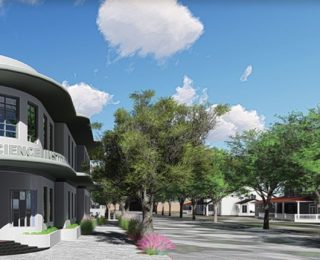To learn more about the conditions and treatment provided by The pacific Neuroscience Institute (PNI), please visit the PNI website.
https://www.pacificneuroscienceinstitute.org/
The Pacific Neuroscience Institute provides personalized, comprehensive care and minimally invasive keyhole surgery for patients with brain and skull base tumors.
Learn More